I’m currently reading a Sci-Fi trilogy called Three Body Problem, written by Chinese author Cixin Liu. The series is called Remembrance of Earth’s Past. The Netflix series starts on March 21st.
The trilogy has been hugely popular worldwide – the first book won the Hugo Award for Best Sci-Fi or Fantasy novel. I’m now partway through the third book, Death’s End. I was hoping to have read all three books by the time the series started, but I won’t finish this final 600+ page book in time.
These books are dense and complex, and huge in their ideas. I haven’t read anything like them. And what makes them so fascinating is that there is really no central character – the books are about humanity.
Civilisations.
This is not a spoiler – but one of the premises is: How would humanity respond if it knew it was going to be destroyed by an alien force in four hundred years?
Four hundred years.
In reading these books, what I’ve discovered is that perspective changes everything.
Time changes everything.
Distance – space – changes everything.
When you’re immediate and up front and personal, you have a different perspective to if you’re on another planet, for instance, and you’re dealing with something that’s not only light-years away, but millennia away.
I find these fascinating concepts.
And the reason I’m putting this in a blog is that in reading these books, I remember someone once telling me that they had an out of body experience where Lao Tzu came to this person and took her by the hand and took her out of her house, up, up, out of her street, up, up, out of her suburb, up, up, further up, out of her city, and then out into space so that she could look down on the planet, Planet Earth, and see her life, her problems, her dramas, from this cosmic perspective.
And Lao Tzu said to her: See? All your troubles and dramas don’t really matter when you see them from this perspective.
I’ve been remembering that while I read these books. Because goodness knows we have problems in the world right now – as indeed we always have. And yet seen from the Lao Tzu cosmic perspective, they’re really quite insignificant.
Now I know a lot of you are going pile on top of me and say: How’s what’s happening in Gaza insignificant? How’s what’s happening in Ukraine insignificant? How’s what’s happening with the coming US elections insignificant?
What I’m talking about – and I’ve had blowback from this before – is trying to find a perspective of neutrality. That’s what I aspire to – neutrality. Non-attachment, if you like.
There’s a new film opening in the US next month. It’s called Civil War, and it’s made by an acclaimed British filmmaker, Alex Garland. It’s just premiered at the SXSW Festival, and caused a stir. A good stir. Some have called it a masterpiece. It’s set in a near-dystopian future in which the US has broken out in civil war.
In a press conference after the screening, the filmmaker said: Why are we talking and not listening? Why are we shutting conversation down? Left and Right are ideological arguments, that’s all they are. They’re not right or wrong. They’re not good or bad. We have reached a point where we vilify the other side, we’ve ratcheted up the rhetoric into an ethical debate which makes it easier to see the other side as evil – and once someone is seen as morally wrong, as evil, then their opponents can justify all sorts of extreme measures to stop them.
Step up and away, is what I’m saying.
With perspective, you can see that ultimately it really doesn’t matter.
You think it does, you believe passionately it does, but with the cosmic perspective of Lao Tzu, it’s all really insignificant.
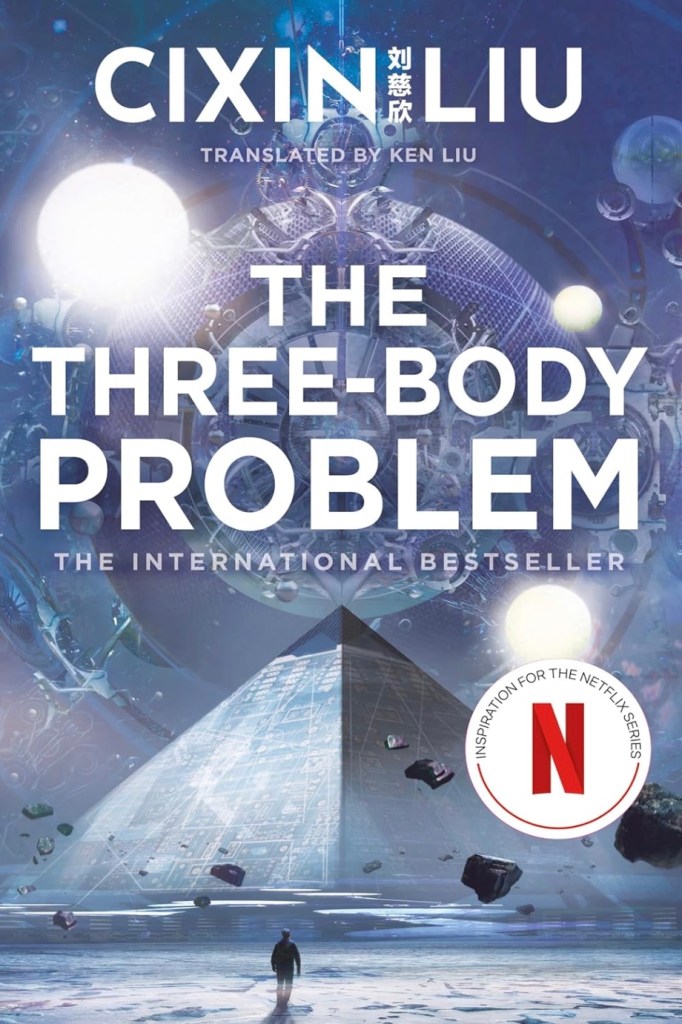






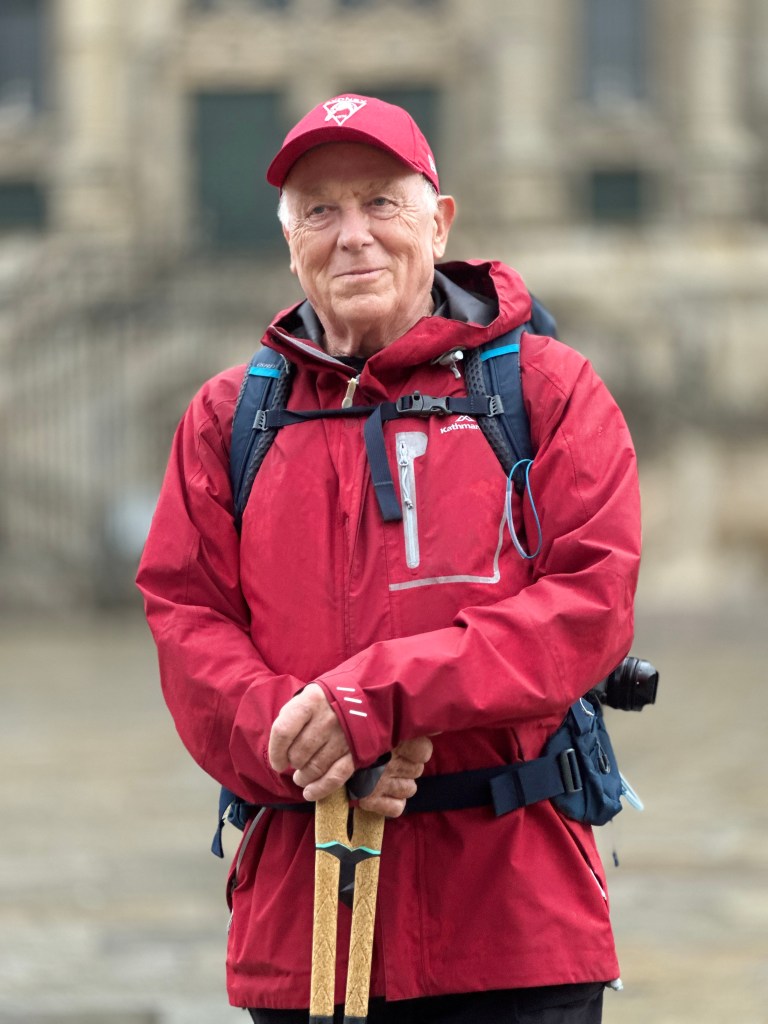



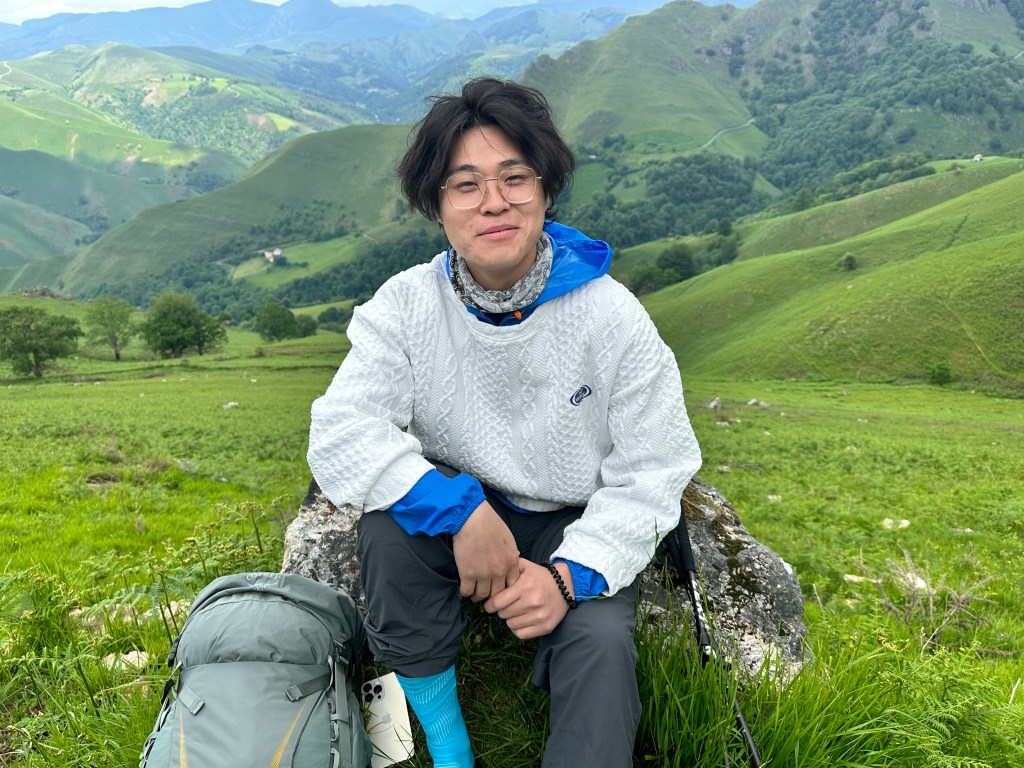





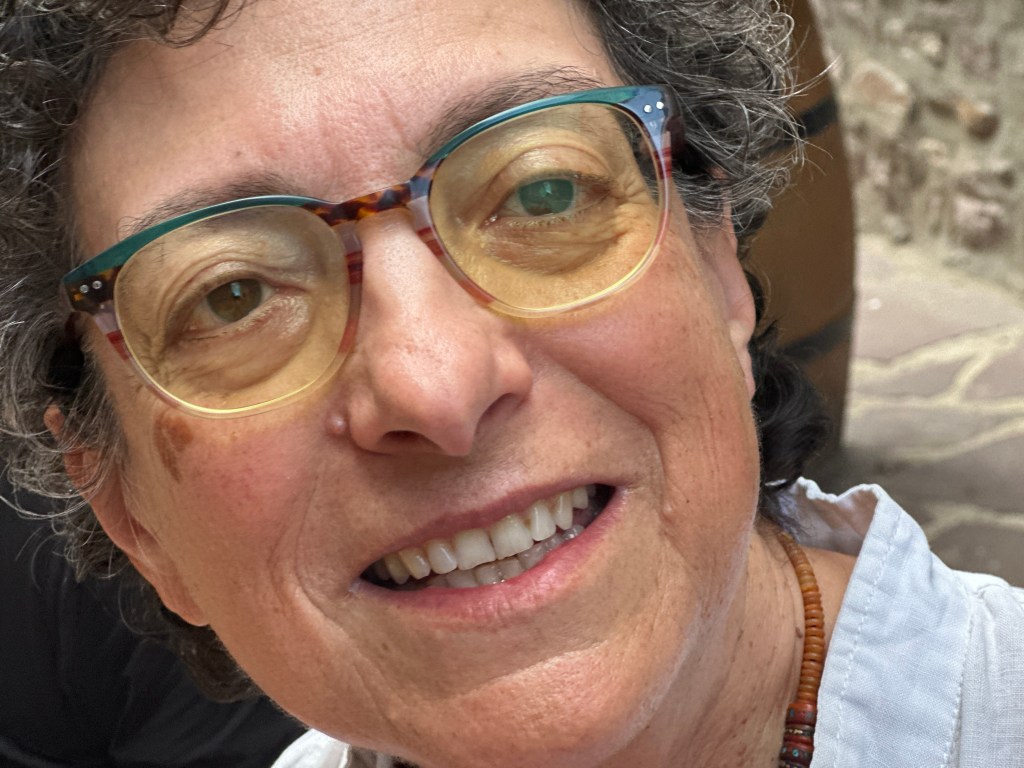




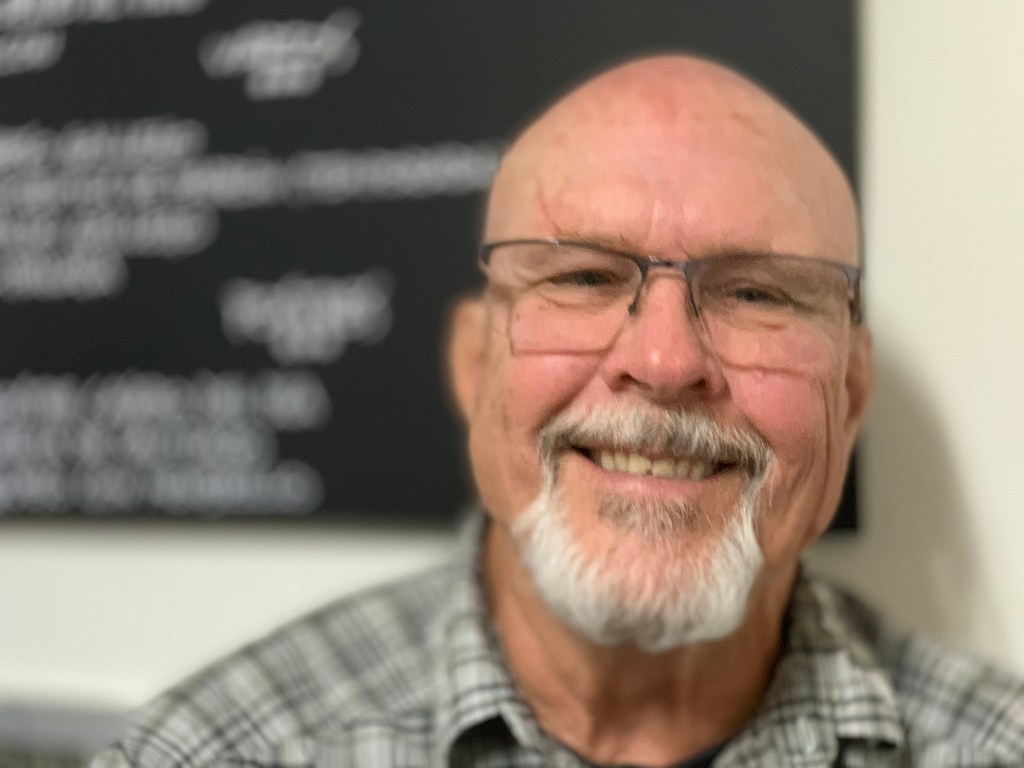



You must be logged in to post a comment.